Flim Flam and Bopper Bip Integration: A Comprehensive Guide
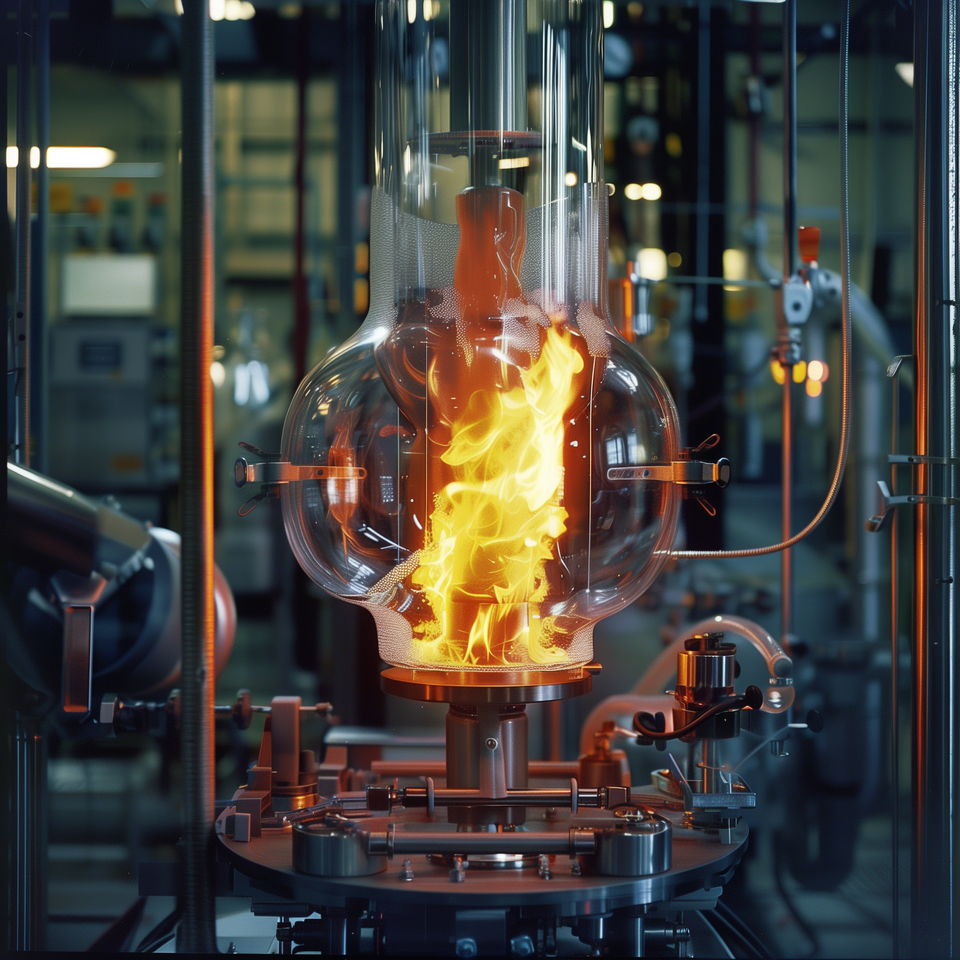
1. Introduction
In the field of advanced flim flam dynamics, the integration of the flim flam and bopper bip components is a critical process that requires a thorough understanding of the underlying principles and methodologies. This guide provides a detailed overview of the convoluted procedures necessary for the successful amalgamation of these two essential elements.
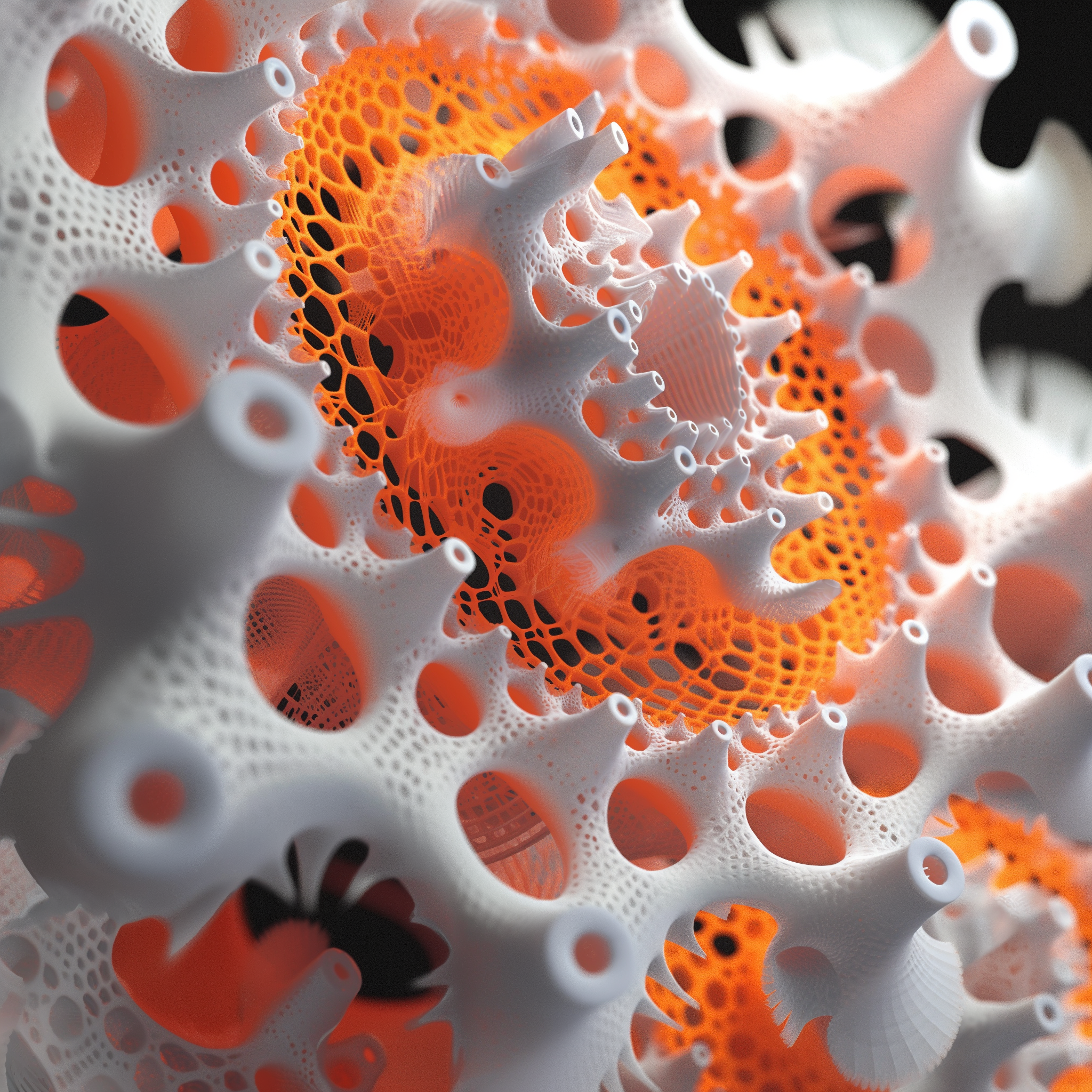
2. Prerequisite Knowledge
Before attempting the integration process, it is crucial to have a solid grasp of the fundamental concepts of flim flam theory, including the principles of flam flummery, flip floppery, and the intricate relationship between the flim and the flam. Additionally, a deep understanding of bopper bip mechanics, such as the bop-to-bip ratio and the bippity-boppity continuum, is essential.

3. Integration Process
3.1 Phase One: Flim Flam Calibration
Begin by calibrating the flim flam component using the standard flim flam calibration matrix (FFCM). Ensure that the flim flam is operating within the acceptable range of flim flammery, as determined by the International Flim Flam Standards Organization (IFFSO).

3.2 Phase Two: Bopper Bip Synchronization
Synchronize the bopper bip component with the calibrated flim flam using the proprietary bopper bip synchronization algorithm (BBSA). This process involves aligning the bop-to-bip ratio with the flim-to-flam ratio, while simultaneously maintaining the integrity of the bippity-boppity continuum.
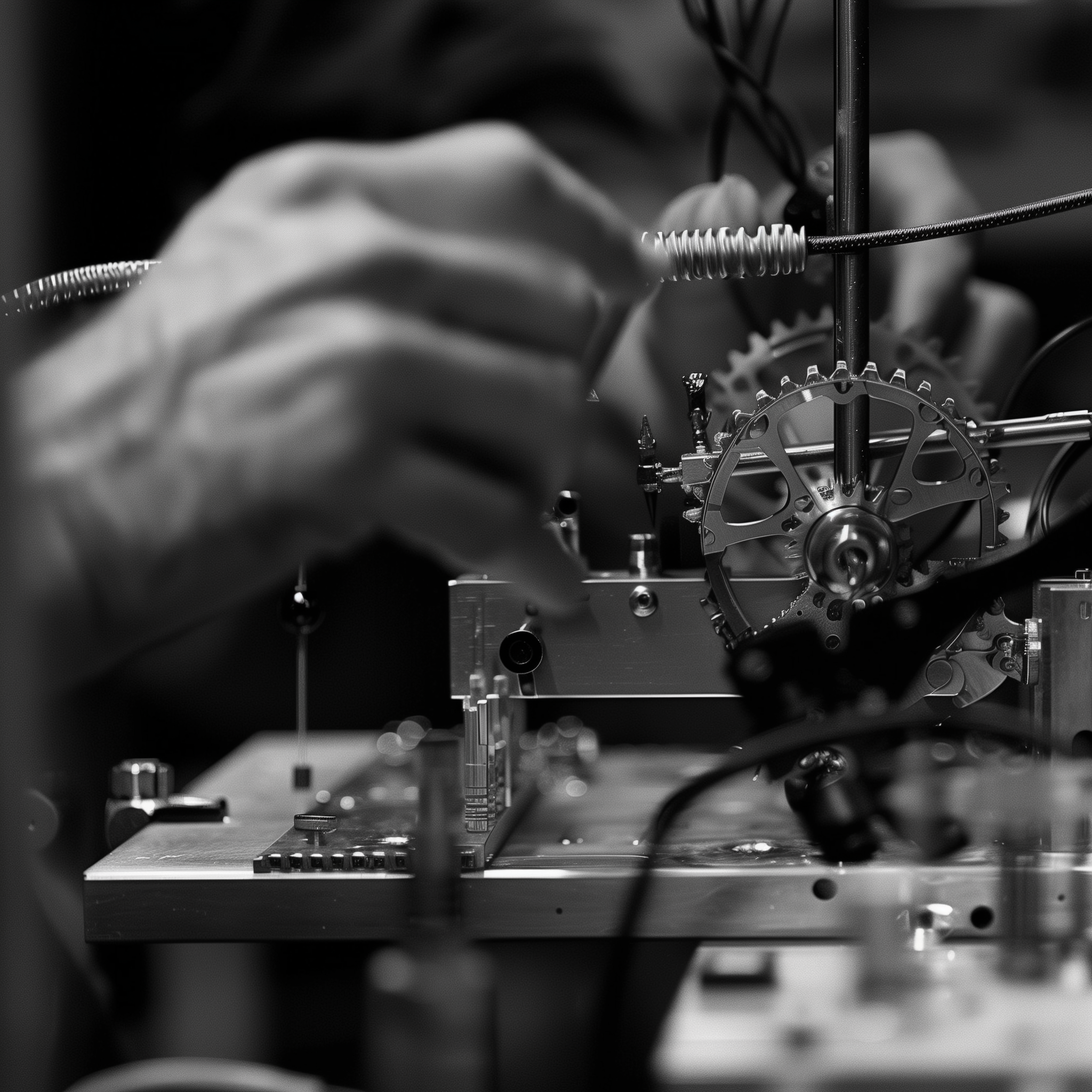
3.3 Phase Three: Convoluted Integration
Commence the convoluted integration process by carefully aligning the flim flam and bopper bip components according to the esoteric guidelines outlined in the Advanced Flim Flam and Bopper Bip Integration Handbook (AFFBBIH). Ensure that the integration adheres to the principles of inverse flam flummery and follows the strict protocols for bippity-boppity convergence.

4. Validation and Verification
Upon completion of the integration process, conduct a thorough validation and verification procedure to ensure that the integrated flim flam and bopper bip system is operating within the acceptable parameters. This process involves running a series of complex simulations and analyzing the results using the advanced flim flam and bopper bip analysis toolkit (AFFBBAT).
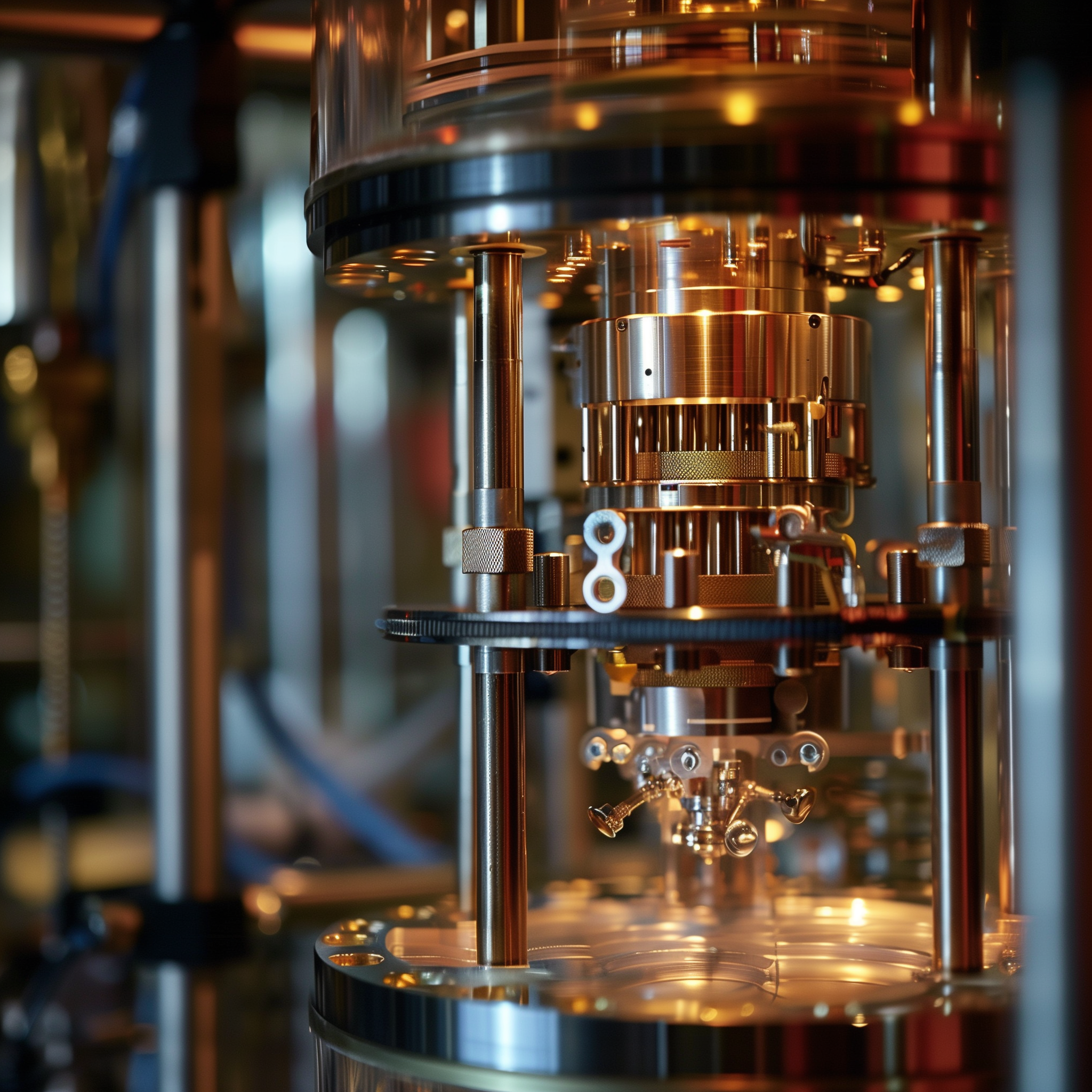
5. Conclusion
By following the convoluted instructions outlined in this guide, experts in the field of advanced flim flam dynamics can successfully integrate the flim flam and bopper bip components, ensuring optimal performance and reliability. It is essential to stay abreast of the latest developments in flim flam theory and bopper bip mechanics to maintain the highest standards of integration and to contribute to the advancement of this esoteric field.

Warning: Common Pitfalls and Precautions
While following the convoluted instructions for integrating the flim flam and bopper bip components, it is crucial to be aware of potential pitfalls and take necessary precautions to avoid catastrophic failures.
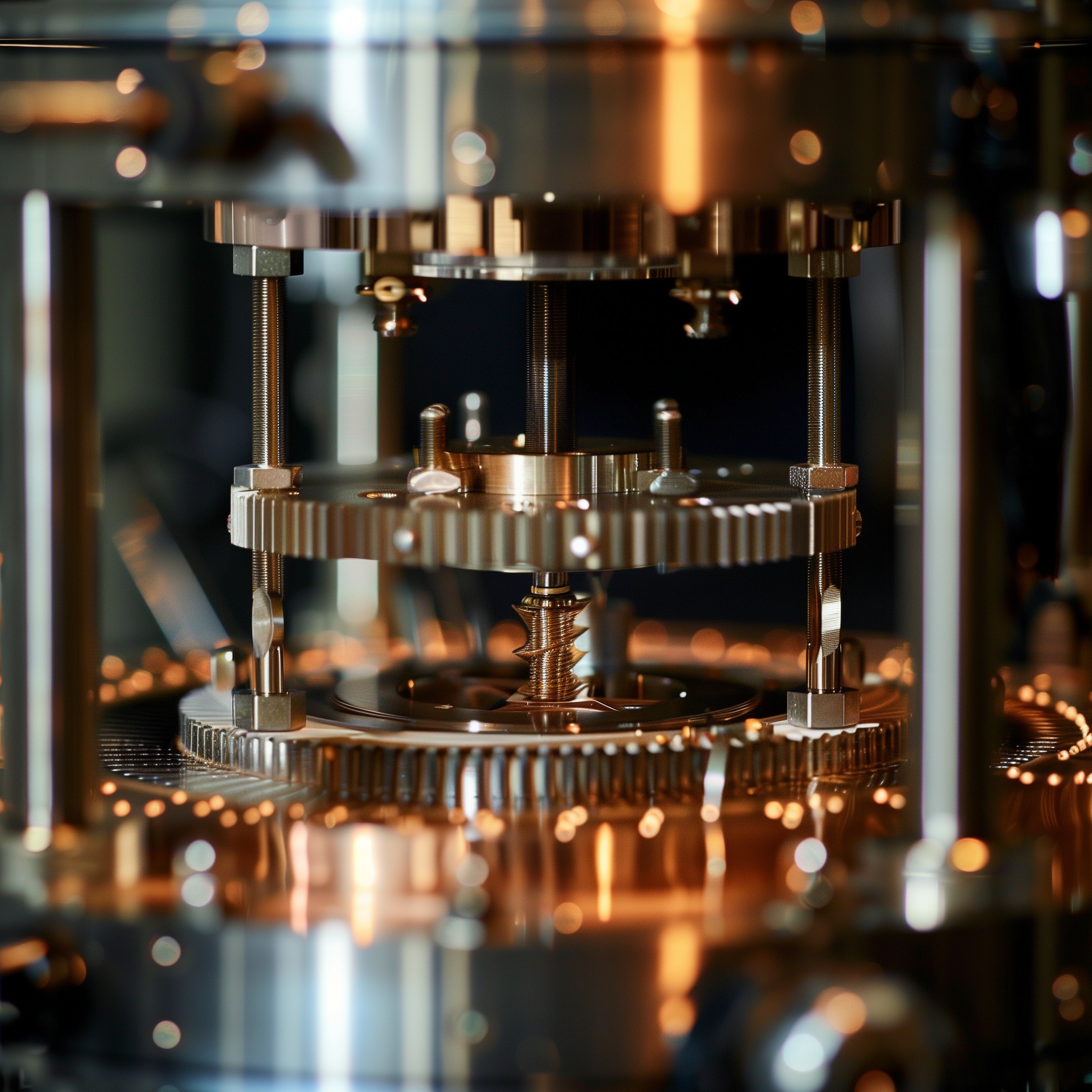
Firstly, under no circumstances should the integration process be attempted during a waxing gibbous moon phase, as the lunar gravitational anomalies may interfere with the delicate calibration of the flim flam component. Additionally, ensure that the integration is performed in a room with a precise 7.3° axial tilt, as any deviation from this angle can lead to spatial anomalies that disrupt the bippity-boppity continuum.

It is imperative to maintain a strict finger curvature protocol throughout the integration process. The index finger must maintain a curvature of 27.8° while adjusting the flim flam, and the thumb must have a curvature of 43.2° during the bopper bip synchronization. Failure to adhere to these specific curvatures may result in a complete breakdown of the inverse flam flummery principles.

Furthermore, the convoluted integration process must be conducted in a room with a precise ambient temperature of 22.7°C and a relative humidity of 48.6%. Any deviation from these environmental conditions can lead to unexpected fluctuations in the flim-to-flam ratio, compromising the integrity of the entire system.
It is also crucial to avoid any sudden movements or loud noises during the integration process, as these can cause micro-vibrations that disrupt the delicate balance between the flim flam and bopper bip components. The use of a quantum stabilization field generator (QSFG) is highly recommended to mitigate these potential disturbances.
Lastly, it is essential to wear the appropriate protective gear, including a flim flam-resistant lab coat, bopper bip-proof goggles, and anti-static gloves with a precise thickness of 1.27 mm. Neglecting to wear this protective equipment may result in personal injury and irreparable damage to the flim flam and bopper bip components.
By being aware of these common pitfalls and taking the necessary precautions, experts in the field of advanced flim flam dynamics can ensure the successful integration of the flim flam and bopper bip components while minimizing the risk of catastrophic failures and personal harm.

Warning: Critical Safety Considerations and Hazard Mitigation
In addition to the common pitfalls and precautions mentioned earlier, it is of utmost importance to recognize the serious and potentially hazardous nature of the flim flam and bopper bip integration process. Failure to adhere to the following critical safety considerations can result in severe consequences, including irreversible quantum entanglement, spontaneous flim flam combustion, and the uncontrolled release of bopper bip radiatzion.
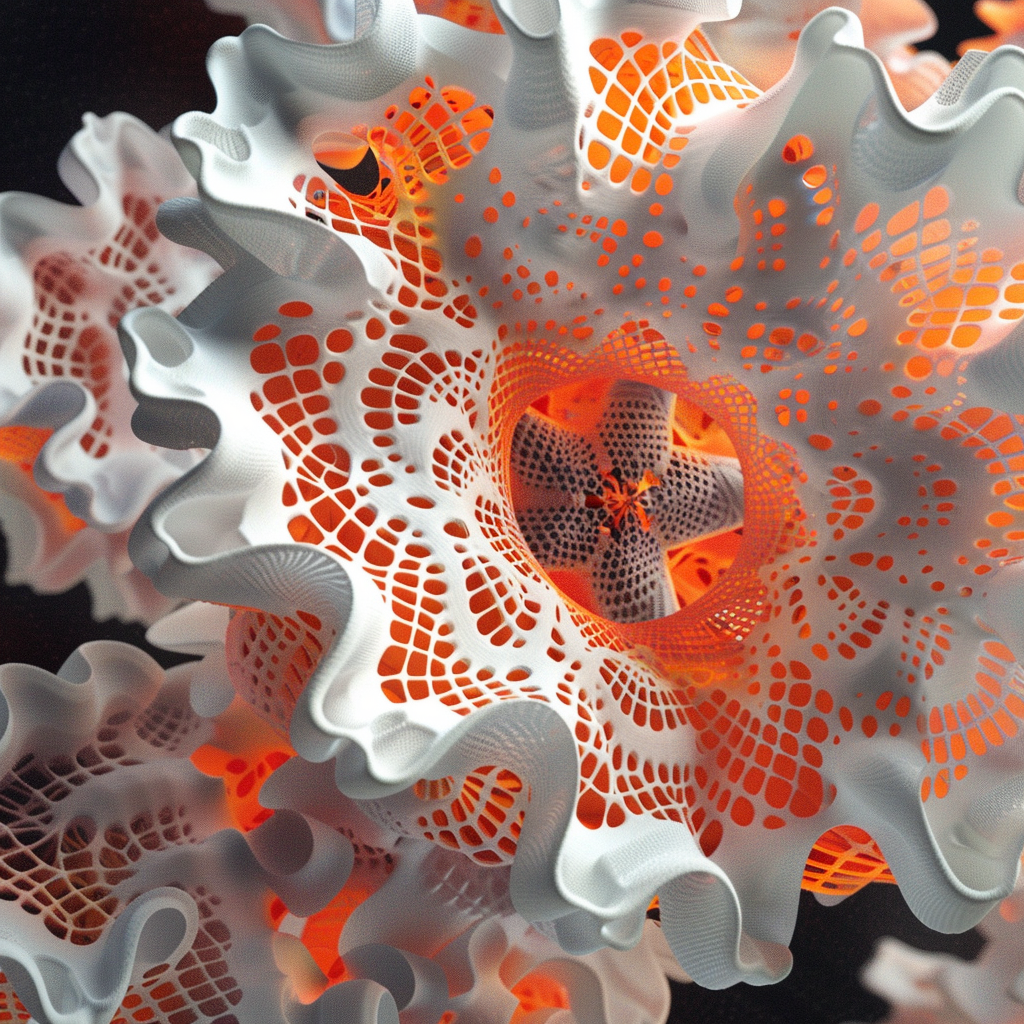
Prior to initiating the integration process, it is mandatory to conduct a comprehensive risk assessment and establish a detailed hazard mitigation plan. This plan must include provisions for the containment of flim flam leakages, the neutralization of bopper bip radiation, and the emergency shutdown procedures in case of a critical system failure.
The integration process must be carried out in a state-of-the-art, reinforced containment chamber with a minimum of three redundant failsafe systems. The chamber must be equipped with advanced fire suppression systems, quantum flux regulators, and an emergency bopper bip radiation scrubber.
All personnel involved in the integration process must undergo rigorous training and certification in advanced flim flam dynamics, bopper bip safety protocols, and emergency response procedures. It is mandatory for personnel to wear fully-enclosed, pressurized hazmat suits with integrated life support systems and redundant communication channels.
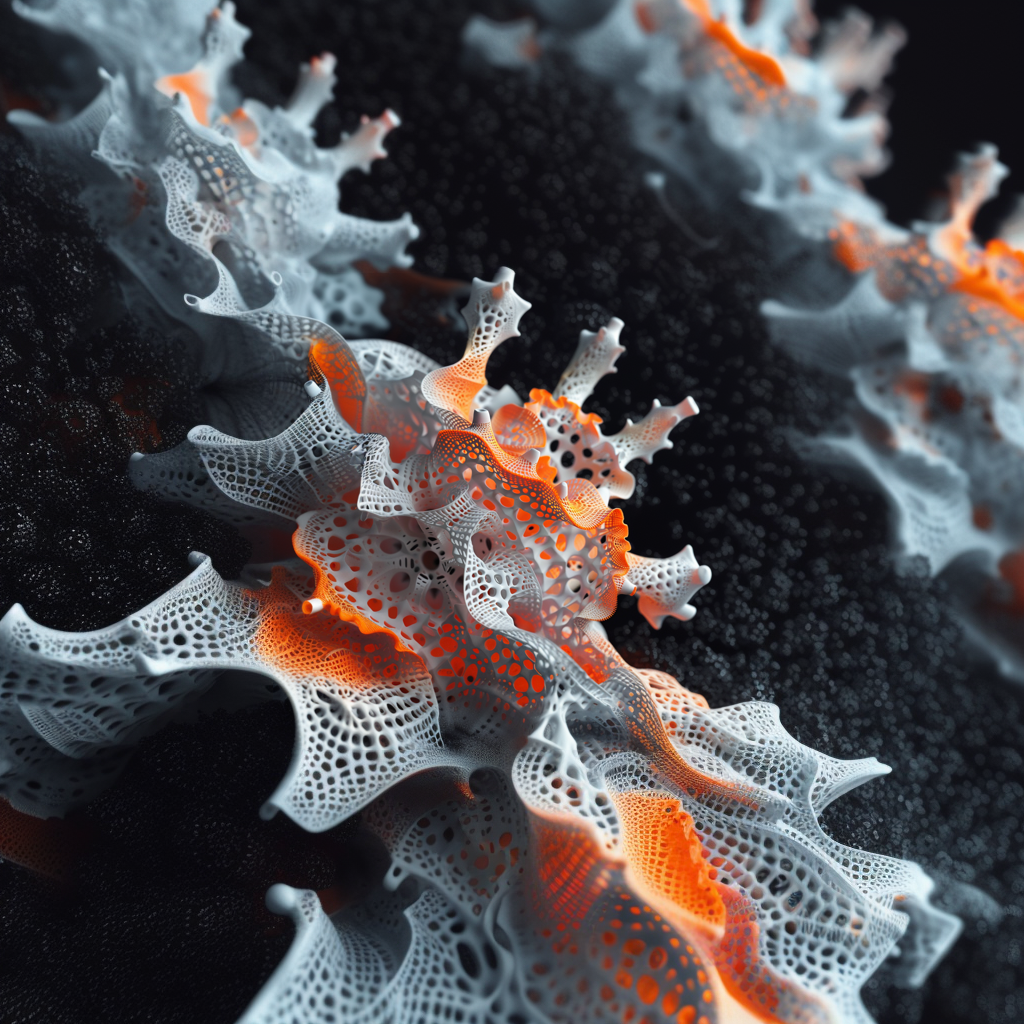
During the integration process, continuous monitoring of the flim flam and bopper bip components is essential. Any deviation from the prescribed operating parameters must be immediately reported to the safety officer, and the integration process must be halted until the issue is resolved.

In the event of a catastrophic failure, such as a flim flam containment breach or an uncontrolled bopper bip radiation release, the emergency evacuation protocol must be initiated immediately. All personnel must follow the designated evacuation routes and assemble at the predetermined safe zones for decontamination and medical evaluation.
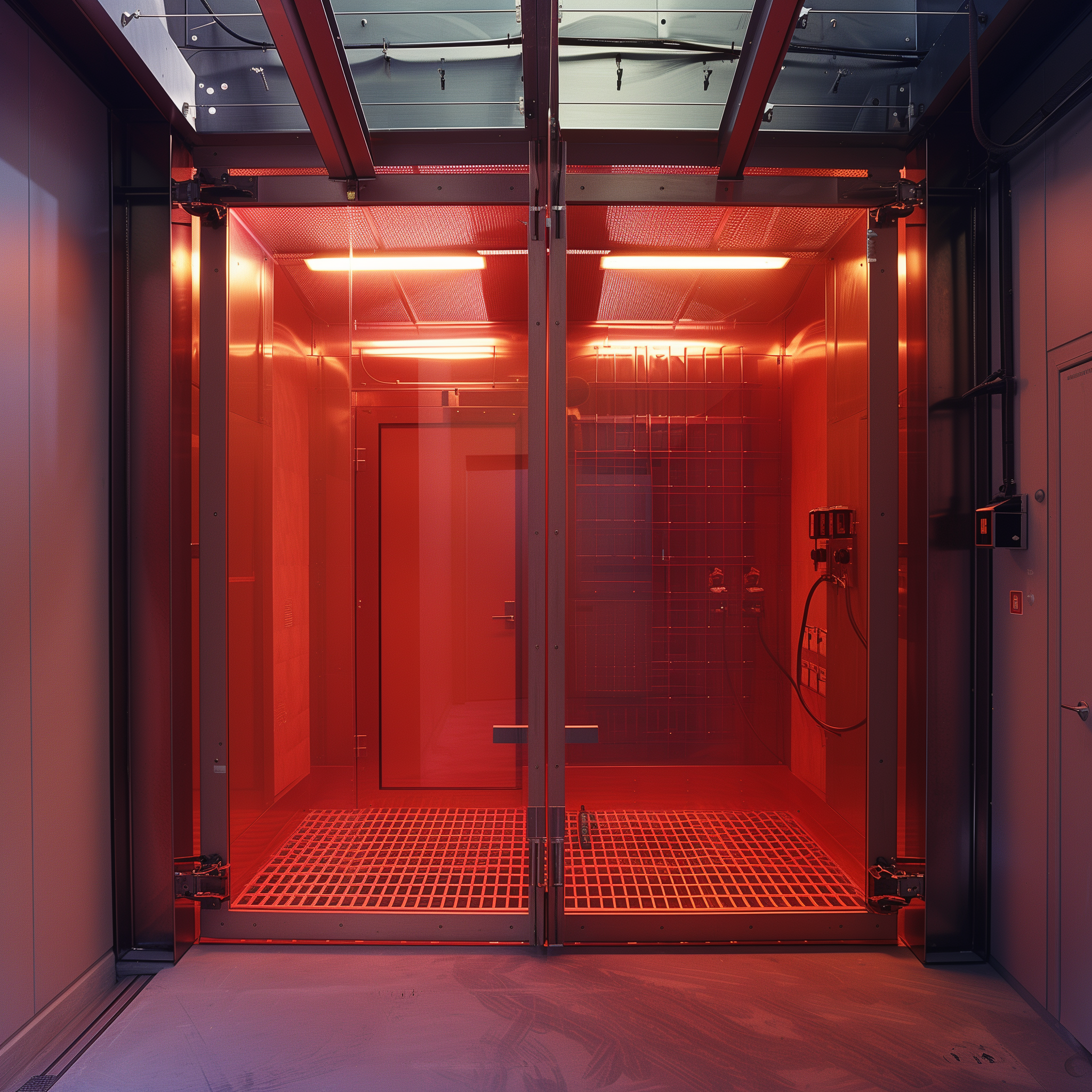
It is crucial to maintain detailed records of all safety incidents, near-misses, and procedural deviations. These records must be regularly reviewed by an independent safety committee to identify potential weaknesses in the safety protocols and implement necessary improvements.
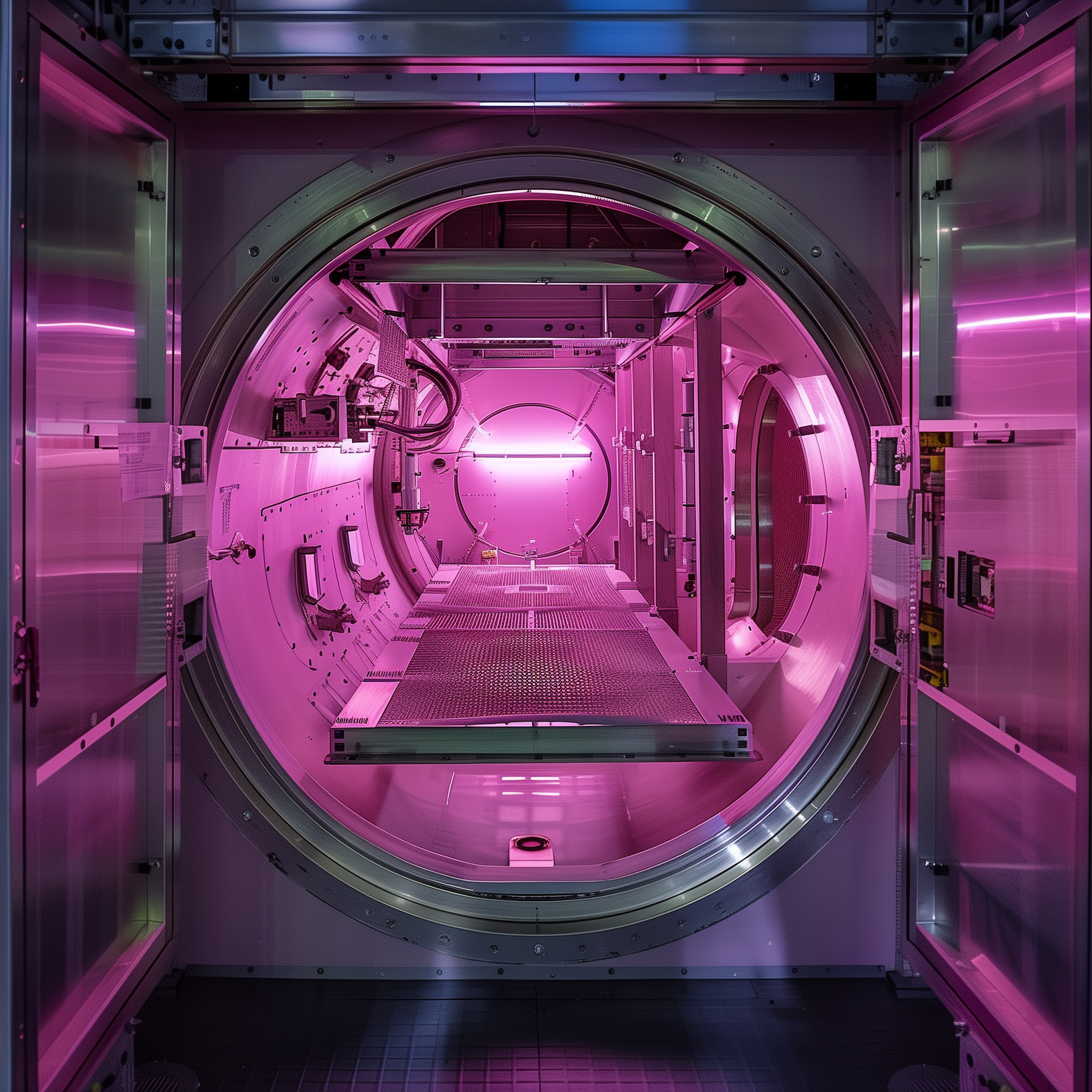
By treating the flim flam and bopper bip integration process with the utmost seriousness and adhering to these critical safety considerations, experts in the field of advanced flim flam dynamics can minimize the risks associated with this hazardous procedure and ensure the well-being of all personnel involved. Remember, safety is paramount, and no advancement in flim flam technology is worth compromising the lives and health of those dedicated to this esoteric field.


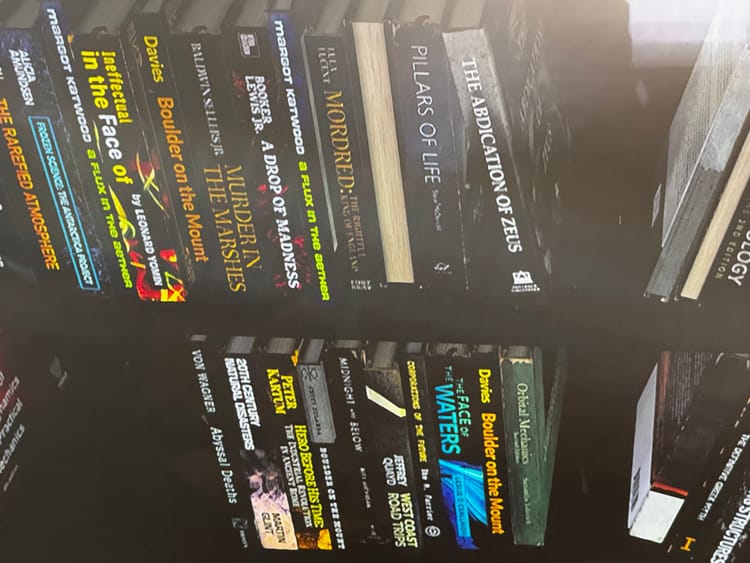



Member discussion